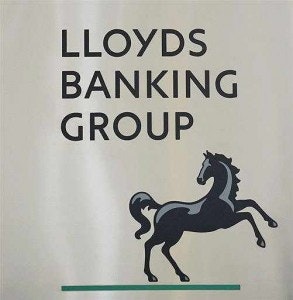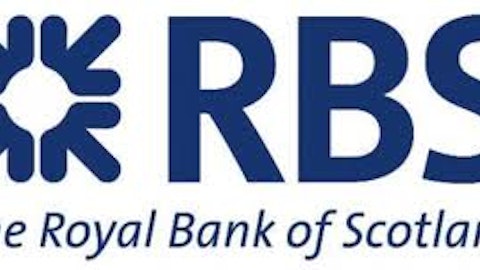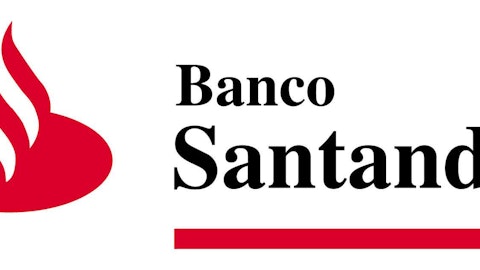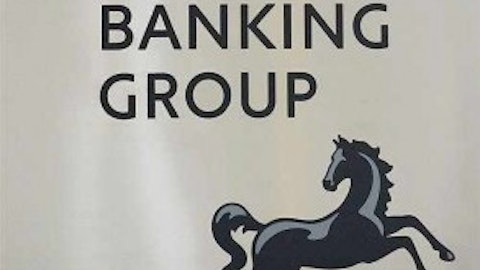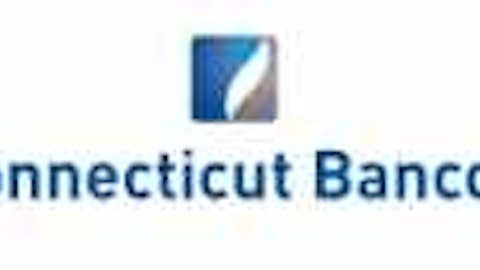Back in 2009, the largest American banks could be had for share prices in the low single-digit range as fears of financial collapse spread around Wall Street. But those share prices recovered (or in the case of Citigroup Inc (NYSE:C) underwent a reverse split) and now sit in at least the low double-digit range. However, while both of these two foreign banks still trade for under $4 per share, they have very different financial situations.
The risky play
Greece’s people, economy, and banks have all been hit hard by the economic crisis that forced the nation to accept bailout funds from other European countries. The only one of Greece’s pillar banks that trades with a significant volume in the United States is National Bank of Greece (ADR) (NYSE:NBG), a bank that has lived through two world wars as part of its long history.
To keep the banking system on more stable ground, National Bank of Greece (ADR) (NYSE:NBG), along with the other Greek banks, recently underwent a recapitalization. In National Bank of Greece (ADR) (NYSE:NBG)’s case, the bank raised part of its funds from existing investors, but the remainder would have to come from the government itself. As a result, National Bank of Greece (ADR) (NYSE:NBG) shares were significantly diluted and saw a 1 for 10 reverse split to keep them out of the sub $1 range.
The prospects for National Bank of Greece (ADR) (NYSE:NBG) are largely based around how the Greek economy responds over the next few years. Real estate prices have dropped off and unemployment has skyrocketed, pushing the economy into recession. But some groups are predicting a small amount of growth for 2014 with growth accelerating after that. If this is the case, Greece could stop its economic bleeding and National Bank of Greece (ADR) (NYSE:NBG) could recover alongside a growing economy. Of course this is all still an “if” situation. NBG still remains a high-risk play. Investors with less of a risk tolerance may be more interested in the bank described below.
The safer play
Britain’s politicians are still managing the fallout from the bank rescue from the financial crisis. While Royal Bank of Scotland Group plc (ADR) (NYSE:RBS) still remains 81 percent owned by the government, Lloyds Banking Group PLC (ADR) (NYSE:LYG) represents a less politically dependent member of the British banking industry. Being around 40 percent government owned, Lloyds Banking Group PLC (ADR) (NYSE:LYG) still has government ties but its fate is less in the hands of politicians than that of Royal Bank of Scotland Group plc (ADR) (NYSE:RBS).
Despite trading in the $3 range (as of this writing at least, Lloyds Banking Group PLC (ADR) (NYSE:LYG) has been challenging the $4 mark lately and may break through again), Lloyds Banking Group PLC (ADR) (NYSE:LYG) is still valued at around $70 billion. This is due to share dilution resulting from the bailout but no reverse split being conducted, resulting in a total of 17.8 billion outstanding shares. While shares are not in any immediate danger of being de-listed in the U.S., it is possible that Lloyds Banking Group PLC (ADR) (NYSE:LYG) may conduct a reverse split for cosmetic reasons, allowing more funds to purchase the shares (this would be similar to what Citigroup Inc (NYSE:C) did).
But to give an example for how much more confidence investors have in the safety of Lloyds Banking Group PLC (ADR) (NYSE:LYG) compared to NBG, we can look at the preferred stocks of each. Lloyds Banking Group Plc 7.75% Public Income NotES (PINES) currently trade above liquidation value whereas National Bank of Greece SA Sponsored ADR representing trade at a little over half of liquidation. Much of this is due to the elimination of the dividend on NBG preferred stock as the bank tried to conserve capital, but another part is investor confidence in the securities. NBG launched a tender offer for its preferred shares at $12.50 per share, which was considered “distressed” by certain ratings agencies while Lloyds appears to be continuing to make progress towards emerging from partial government ownership.
Two very different banks
National Bank of Greece and Lloyds Banking Group each present contrasting financial situations in European banking. Lloyds represents safer investment judged by a lower state ownership stake and a less volatile share price. On the other hand, NBG offers American investors one of the few available ways to play a rebound in the Greek financial system. While lower share prices do not necessarily mean a cheap stock, it does mean that moves in either direction are often larger on a percentage basis due to the differences in how the market treats low share prices versus high ones. For bank investors, Lloyds and NBG may be worth considering to diversify a portfolio internationally while choosing one’s risk level appropriately.
Alexander MacLennan has no position in any stocks mentioned. This article is not an endorsement to buy or sell any security and does not constitute professional investment advice. Always do your own due diligence before buying or selling any security.The Motley Fool has no position in any of the stocks mentioned. Alexander is a member of The Motley Fool Blog Network — entries represent the personal opinion of the blogger and are not formally edited.
The article Two Different Financial Situations for Two European Banks originally appeared on Fool.com is written by Alexander MacLennan.
Copyright © 1995 – 2013 The Motley Fool, LLC. All rights reserved. The Motley Fool has a disclosure policy.
